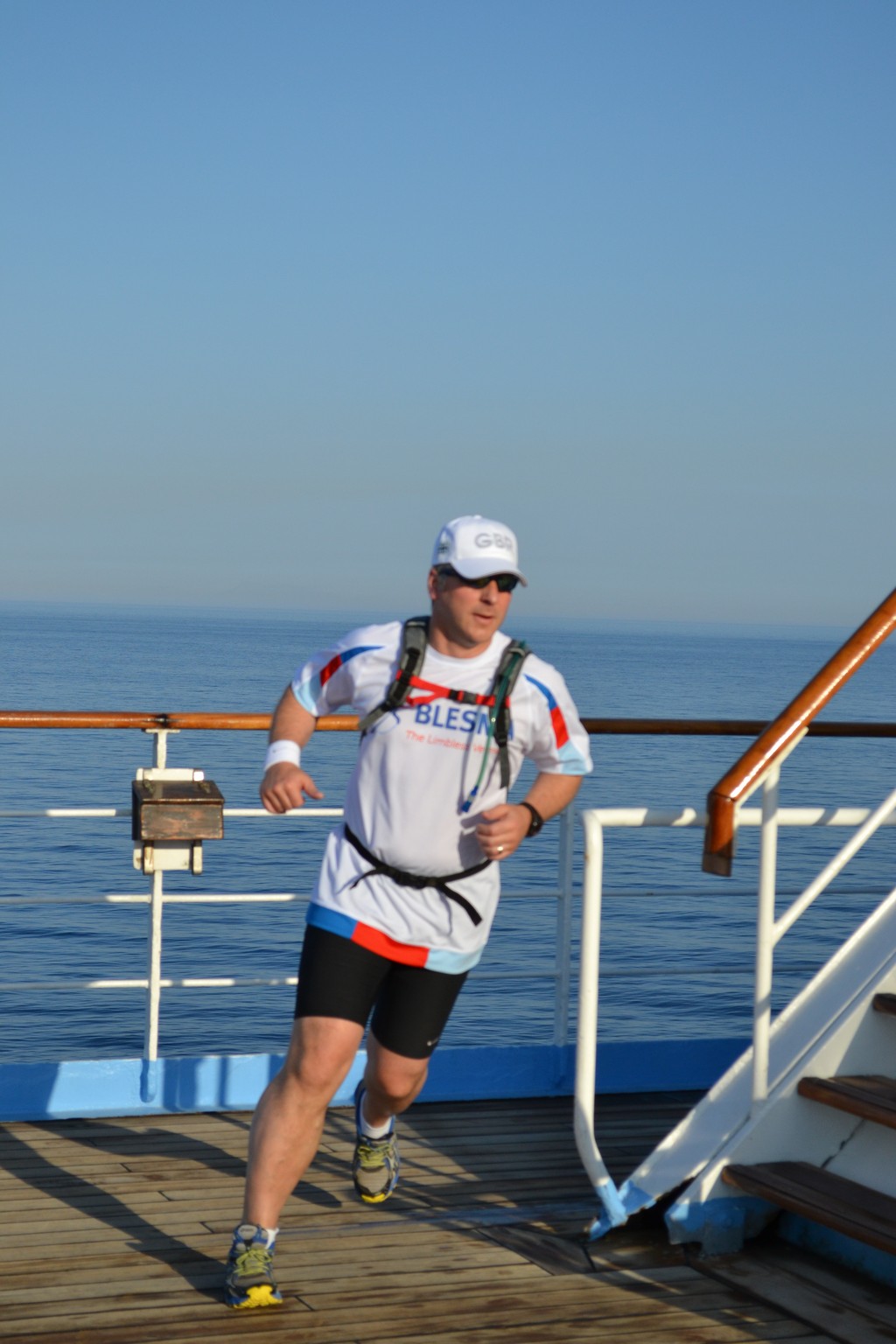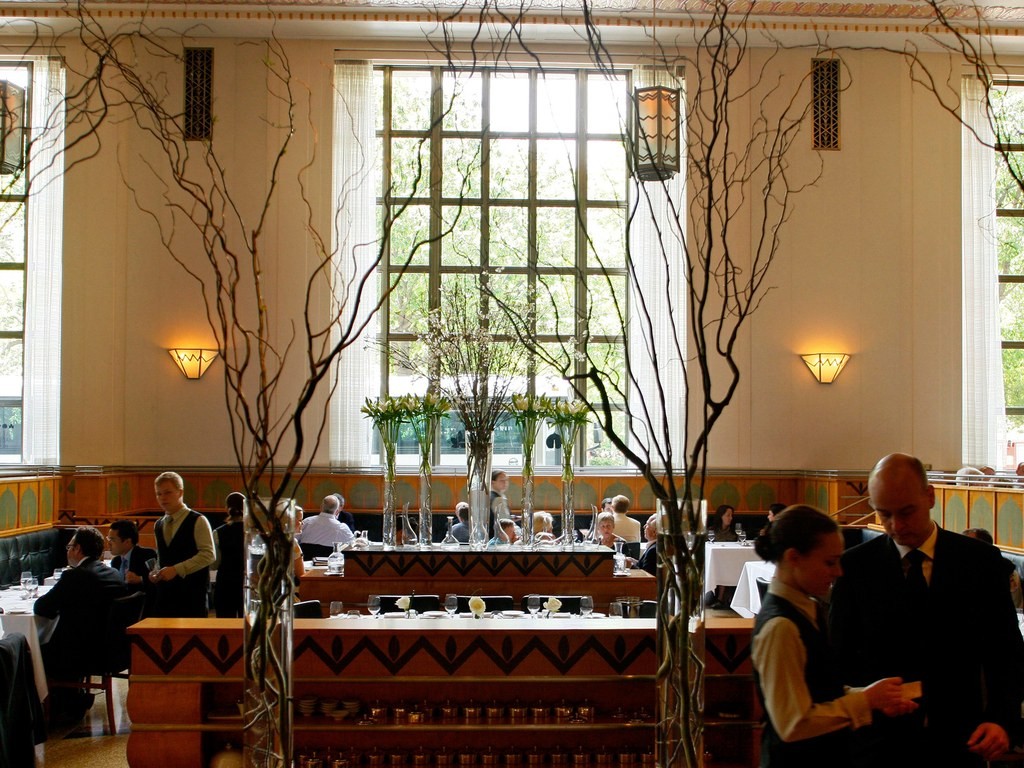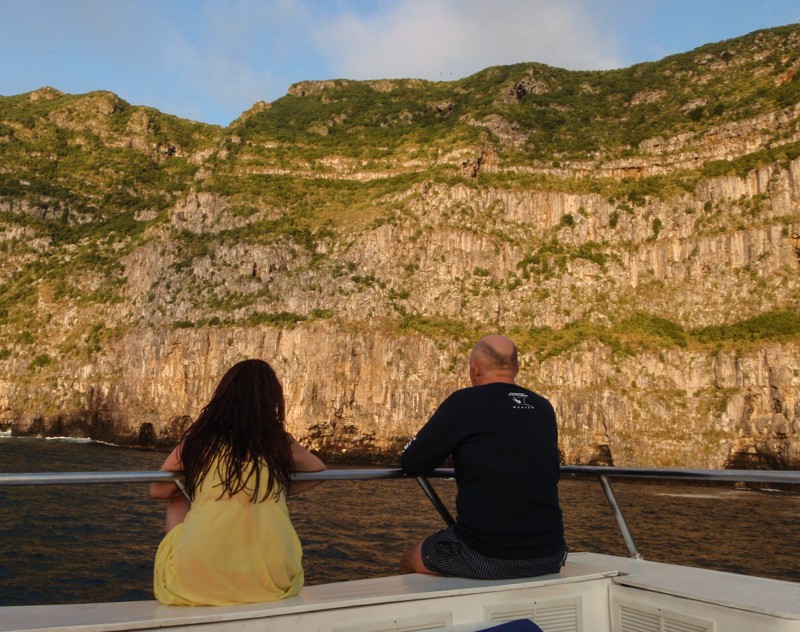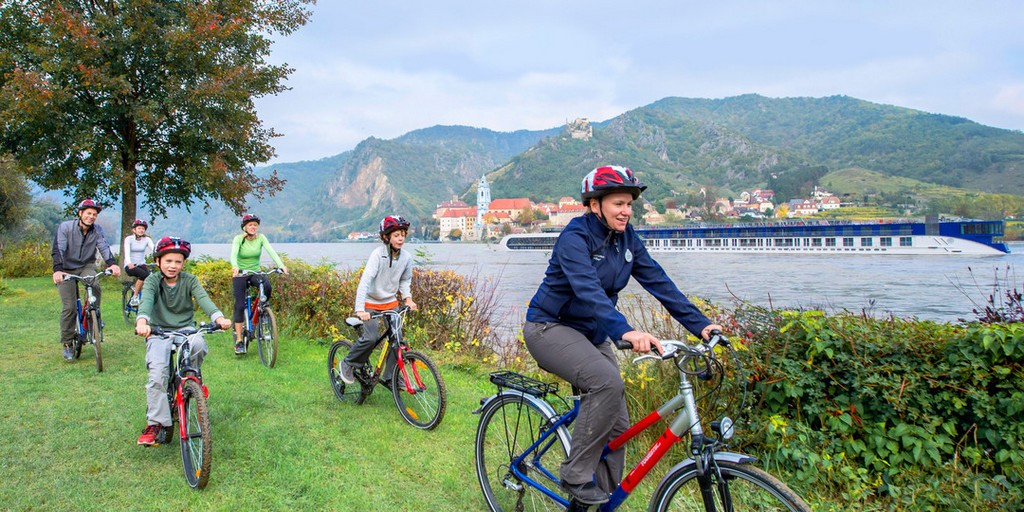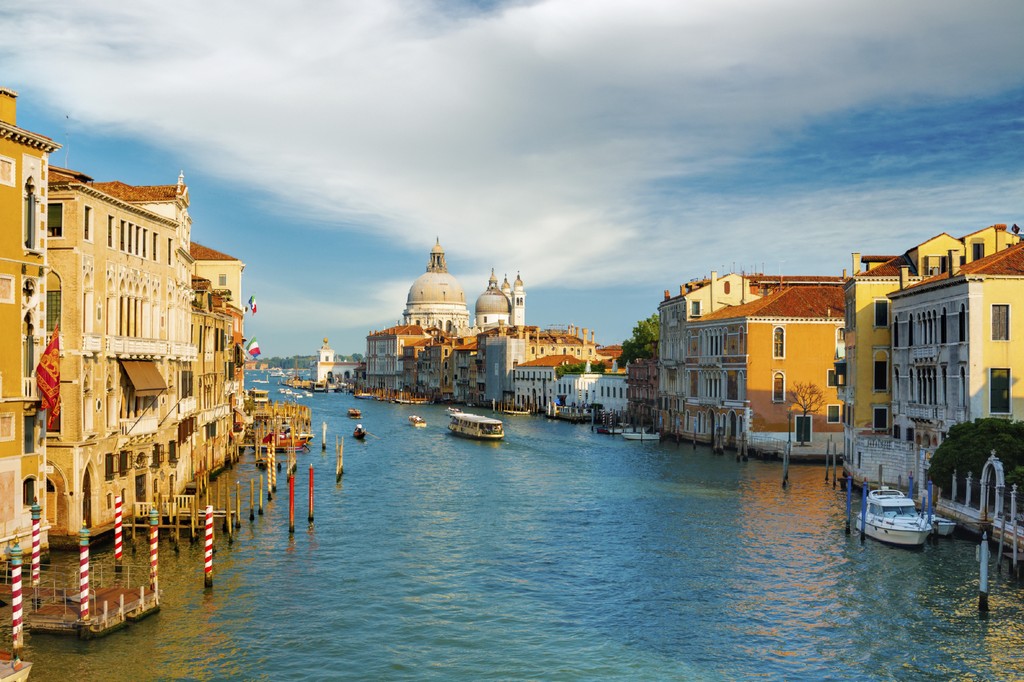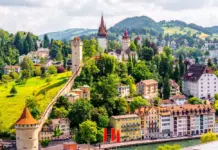For the first-time Europe traveler, a European river cruise is an attractive option.
- 5 safety tips for traveling to europe for the first time
- 15 best cities for arts and culture in Europe
- How to travel Europe on a budget? — 10+ best and cheapest ways & tips to travel Europe on a budget
- How to travel around Europe cheaply? — 20 useful Europe travel tips & best ways on how to save money on Europe trip
- A new research reveals the best time to book a cruise
Written by Valerie Marino
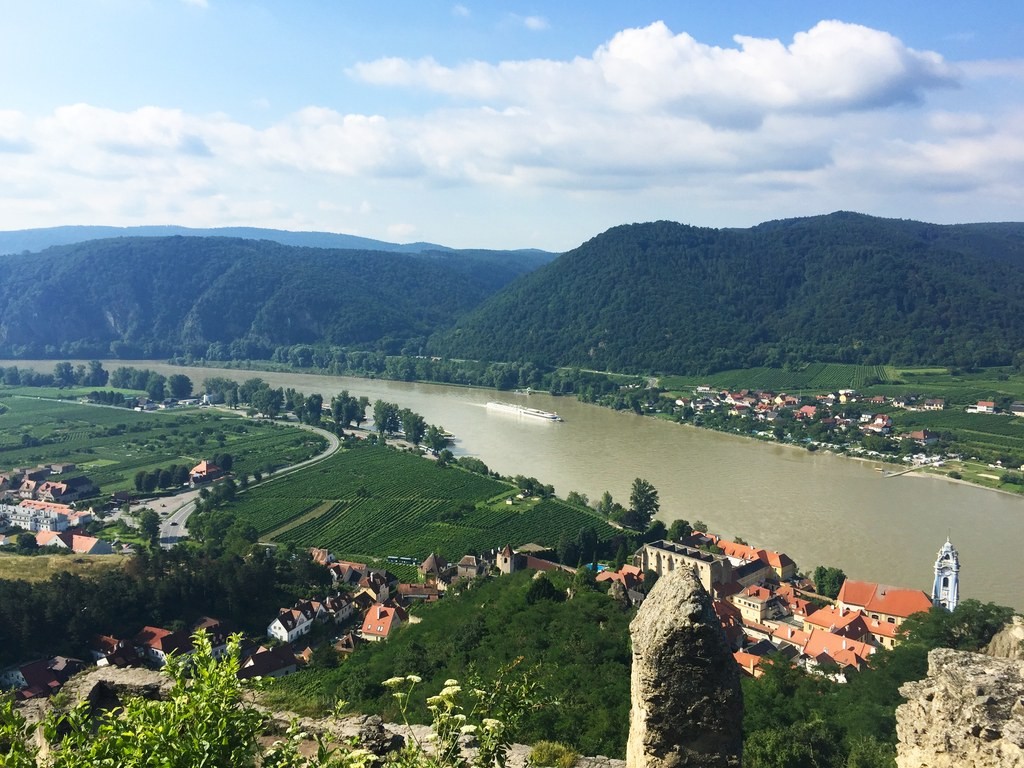
River cruising has been enjoying a recent surge in popularity, and it’s easy to understand why: Unpack your bags once and enjoy the changing scenery from your stateroom balcony as you sail through multiple countries and charming European towns. Could river cruising be the sweet spot between guided land tours and sailing on a cruise ship? My husband and I set sail on the Danube River this summer for a week full of firsts: our first time aboard a cruise ship, and our first visit to any of the countries on the route, including Hungary, Slovakia, Austria, and Germany. Here’s what we learned along the way—and what we’ll know for next time.
1. They’re not just for baby boomers
While river cruising is still quite popular with travelers of a certain age, the market is opening to younger couples and multigenerational families.
One example? Adventures by Disney this summer teamed up with AmaWaterways to sail the Danube River, with the Rhine coming in 2017, aboard custom-designed ships featuring connecting staterooms and suites that accommodate up to four passengers each. Disney guides lead so-called Junior Adventurers on special excursions and host a kids-only dinner in the ship’s lounge nightly, so you may even forget they’re on the ship at times.
2. Overpacking is bad, but being under-prepared is worse
With the average stateroom size under 200 square feet, it’s important to pack smart for a river cruise. That said, you will need to be prepared for a variety of situations – everything from strenuous hiking to dinner at the ship’s chef’s table to getting caught in the rain in Salzburg. Take advantage of your ship’s laundry service as a way to cut back on what you bring. It’s worth repeating an outfit or two if that leaves precious room inyour luggage for souvenirs.
3. You will absolutely break a sweat
Try not to feel too guilty about the lavish four-course dinners plated before you each night: After all, gelato every day for a week feels like a reasonable indulgence when you’re averaging 20,000 steps a day. Popular shore excursions in Austria’s Wachau Valley include climbing to the ruins on Dürnstein Castle (1,023 feet straight up) and a 22-mile bike ride between the riverside towns of Melk and Krems.
But if you feel like that’s not enough, you can always power-walk a few laps on the sun deck or sneak a workout in the exercise room before dinner.
4. It’s a good way to visit Europe for the first time
With a day in each port, river cruising provides a “best of” when it comes to all the sights and experiences the region has to offer, with the intimidation-lowering factor of your own semi-private guide.
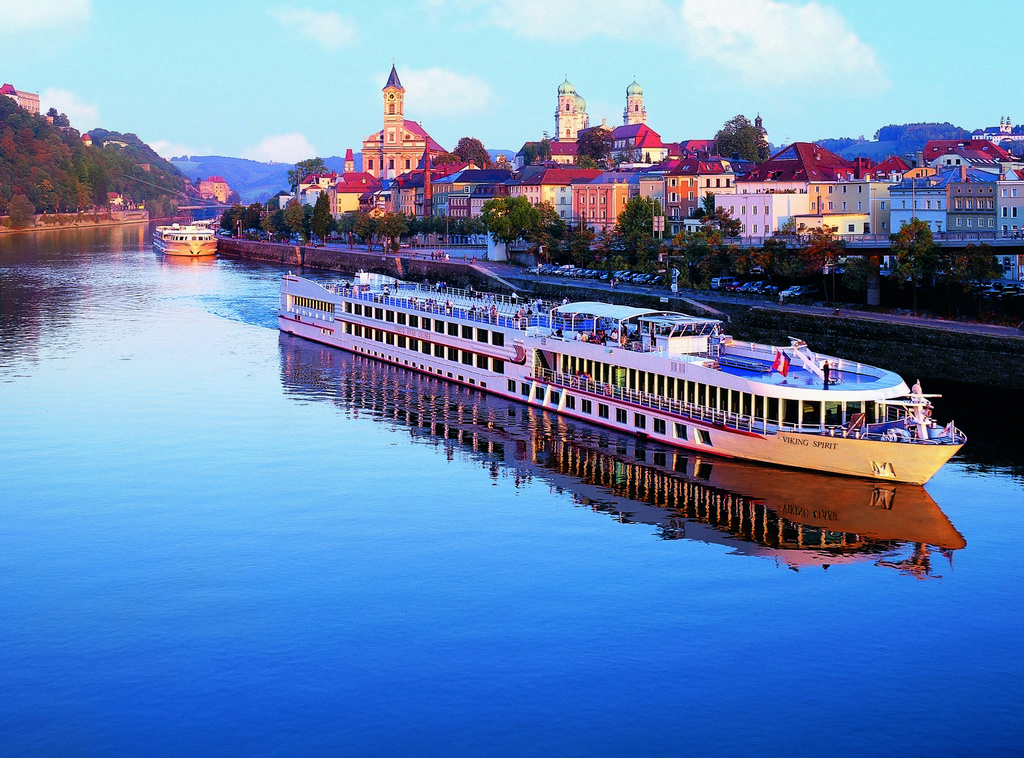
If you take advantage of all the excursions your cruise provides, you’ll be kept busy from just after breakfast until dinner—and still feel like there’s so much more to see.
5. Free time is priceless
The downside of trying to take in a city in a single day is feeling over-scheduled. Remember that everything on your daily itinerary is optional. (Except for the port departure time—you won’t want to miss that.) Discover on the first day that you absolutely despise guided walking tours? Take the charter bus with your group and then tour on your own.
Hear great things about a local restaurant, but your dinner is scheduled on the ship for that night? Ask the front desk to help you book a reservation and a cab. Plan an itinerary that makes sense for your interests and preferences, not just what the cruise line thinks you should do.
6. Take advantage of daytime sailing
While ocean cruises often include a day at sea, this is much less common on the river, where you sail through the night and wake up in a new city.
If daytime sailing is on the itinerary, consider skipping that afternoon’s excursion (or at least, coming back early) and spending your time relaxing on the sun deck. Some of the best views of the countryside are from the water.
7. Read the fine print
While river cruises typically don’t involve as many final statement surprises as their ocean counterparts, some require additional payment for shore excursions, tips, and onboard amenities. Some cruise lines also charge additional fees for excursions beyond a guided walking tour of that day’s port city, so if you want totour Vienna’s Schönbrunn Palace or take in an evening Mozart concert, you’ll have to pay up.
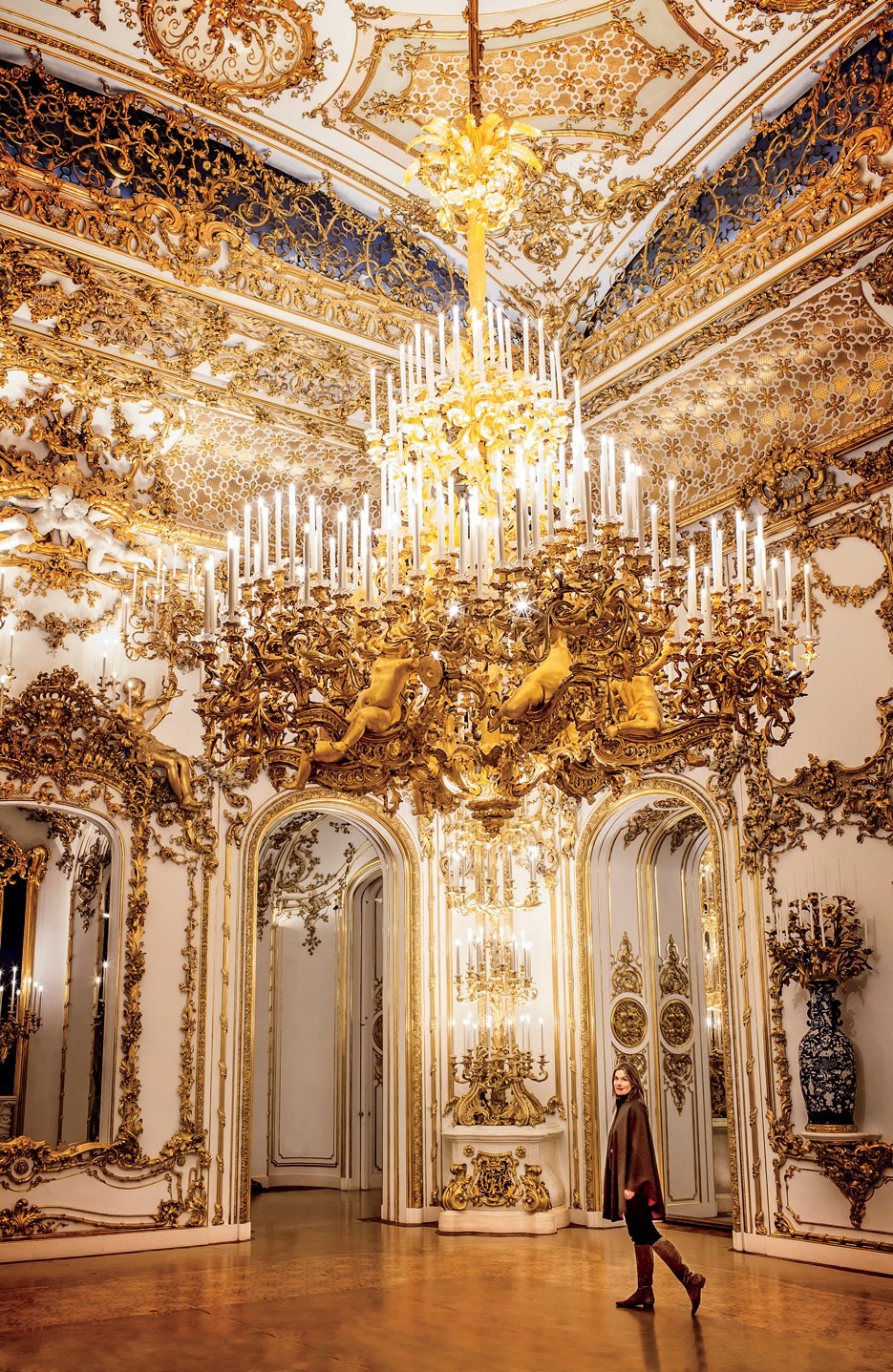
Good news: Wi-Fi is almost always included, as well as unlimited local beer and wine with meals.
8. Expect personalized service
Being aboard a river vessel with less than 200 other passengers is a far different experience than on a typical cruise ship. The crew, from the wait staff to the front desk, will quickly learn your name and how you take your coffee, so don’t be surprised when they surpass your expectations. A family on our ship was told that their daughter was too young to take part in a 16-mile bike ride, but the actual problem was that the ship did not have a child-sized bike on board. The staff special-ordered one in her size, and it was delivered to
A family on our ship was told that their daughter was too young to take part in a 16-mile bike ride, but the actual problem was that the ship did not have a child-sized bike on board. The staff then special-ordered one in her size, and it was delivered to the port in time for their excursion.
9. Take advantage of the ship’s crew and local guides
Your best resources in a new city are the locals, and they may be the faces you see on your ship every day.
Get to know the staff and ask for their recommendations for places to explore (and eat!) in your free time. Their insights will save you time and help you see the best of each destination.
10. You may not be ready to leave
Waking up to a different scenic landscape every day for a week makes the view out your bedroom window back home a little lackluster. So extend that warm feeling by bringing a piece of each city home with you.
One such way: The streets of Central Europe are rife with local artists, and you’ll then be able to amass an impressive collection to hang on the wall when you get home.
































![10 best airports in Asia in 2016 [RANKED] kuala-lumpur-international-airport-best airports in asia in 2016 by skytrax ratings](https://livingnomads.com/wp-content/uploads/2016/08/29/kuala-lumpur-international-airport-best-airports-in-asia-in-2016-by-skytrax-ratings-218x150.jpg)











